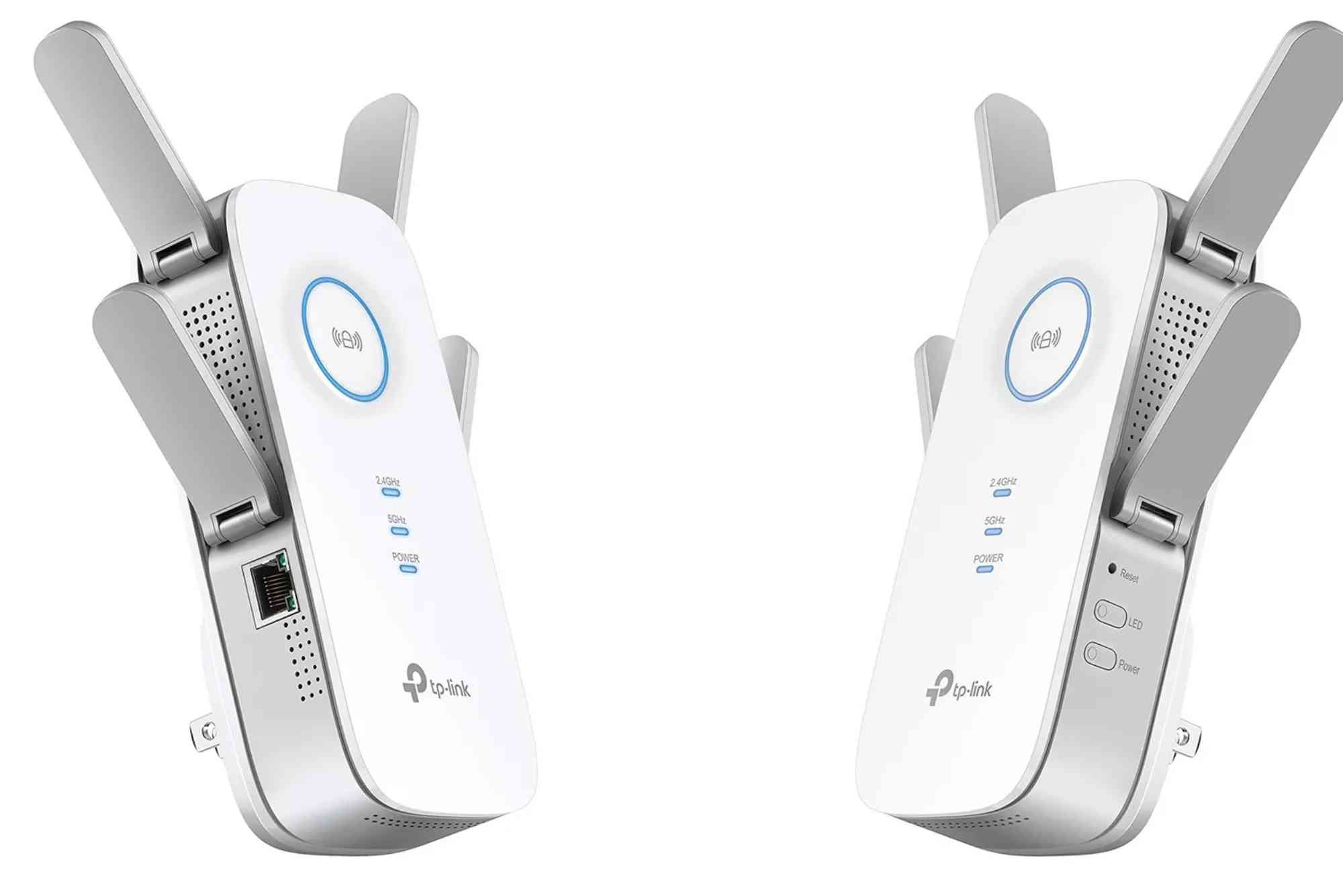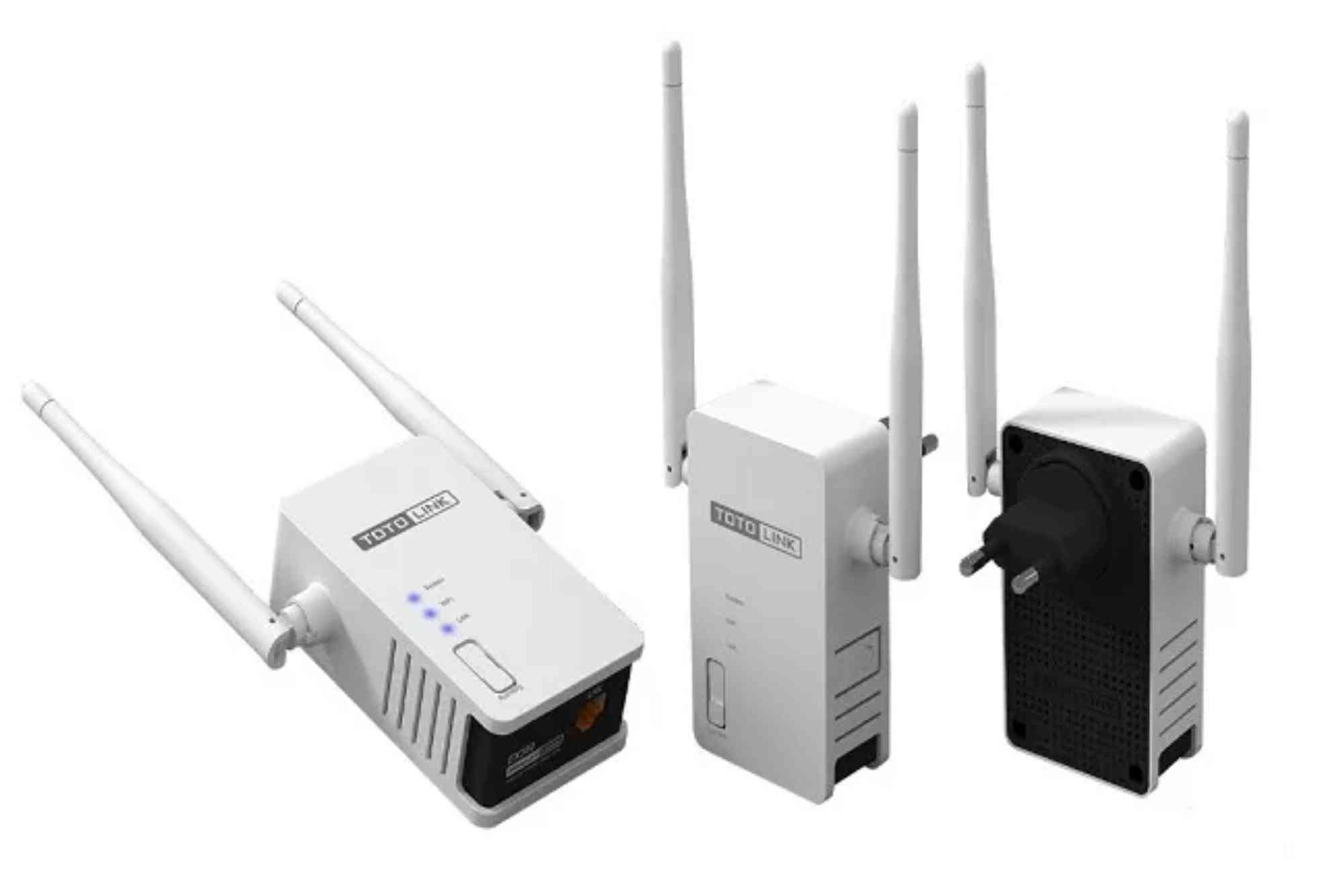How to Secure Your IoT Devices on Wi-Fi
The Internet of Things (IoT) is reshaping how we live. From smart thermostats and security cameras to voice assistants and appliances, IoT devices bring convenience into our homes. But with this convenience comes a hidden risk: cyber threats. Hackers often target poorly secured devices to steal data or gain control of your network. That’s why securing IoT devices on Wi-Fi should be a top priority for every homeowner.
In this guide, you’ll learn practical steps to protect your smart devices, strengthen your home Wi-Fi, and prevent cybercriminals from exploiting weak points. By following these strategies, you can enjoy the benefits of IoT technology without sacrificing security.
Why Securing IoT Devices on Wi-Fi Matters
IoT devices often come with limited built-in security. Unlike laptops or smartphones, they rarely receive regular updates or feature strong encryption. Hackers can use vulnerabilities in these devices to launch attacks, steal sensitive information, or even spy on you.
Think of your Wi-Fi network as the gateway to your digital life. Once compromised, attackers can access everything from personal files to smart home controls. That’s why securing IoT devices on Wi-Fi is as important as locking your front door.
Steps to Secure Your IoT Devices on Wi-Fi
Change Default Credentials Immediately
Many IoT devices ship with default usernames and passwords. Hackers know these defaults and can easily exploit them. Always change these credentials during setup. Use strong, unique passwords with a mix of letters, numbers, and symbols.
Keep Your Devices Updated
Manufacturers release firmware updates to fix vulnerabilities. Regularly check for updates in the device app or settings. Enabling automatic updates ensures you don’t miss critical patches.
Create a Separate Network for IoT Devices
Isolating IoT devices on a guest or secondary Wi-Fi network keeps them away from your main devices like laptops and smartphones. If a hacker compromises one device, they won’t gain access to sensitive data stored on other gadgets.
Use WPA3 or Strong Encryption
Ensure your Wi-Fi is protected with the latest encryption standard. WPA3 is the most secure, but if it’s unavailable, use WPA2. Avoid outdated protocols like WEP, which hackers can break easily.
Disable Unnecessary Features
IoT devices often come with features like remote access or UPnP (Universal Plug and Play). If you don’t use them, disable them. The fewer open doors your devices have, the harder it is for attackers to get in.
Enable Two-Factor Authentication (2FA)
Many smart home platforms now support 2FA. This adds an extra layer of security, requiring both your password and a verification code to log in. Even if hackers guess your password, they’ll be blocked.
Monitor Network Traffic
Install a firewall or use your router’s monitoring tools to watch for unusual activity. If a device starts sending large amounts of data unexpectedly, it could indicate a compromise.
Use Strong Router Settings
Your router is the backbone of your network. Change its default login, disable WPS (Wi-Fi Protected Setup), and keep its firmware updated. A secure router strengthens the entire network.
Advanced Tips for Securing IoT Devices on Wi-Fi
Assign Static IPs
Assigning static IPs to IoT devices can make it easier to monitor and control their behavior. It also simplifies firewall rules.
Set Up a Firewall
A firewall helps control traffic between devices and the internet. Many modern routers include built-in firewalls. Consider enabling them or using third-party options.
Invest in Network Security Tools
Dedicated security software can scan for vulnerabilities and alert you to risks. Some services offer parental controls, device isolation, and malware blocking.
Real-World Risks of Poor Security
If you ignore securing IoT devices on Wi-Fi, the consequences can be serious. Cybercriminals can use your smart devices as part of a botnet, launch distributed denial-of-service (DDoS) attacks, or steal private information. In extreme cases, unsecured cameras or microphones can be hijacked, leading to privacy invasions.
A famous example is the Mirai botnet, which infected thousands of IoT devices worldwide. It showed how vulnerable unsecured smart devices can be.
Best Practices for Everyday Security
-
Regularly audit connected devices.
-
Remove unused or outdated gadgets from your network.
-
Educate family members about secure usage.
-
Use a reliable internet provider like Dhanote Internet Services for stable and secure connectivity.
FAQs About Securing IoT Devices on Wi-Fi
How can I protect my IoT devices on home Wi-Fi?
Change default passwords, update firmware, and isolate devices on a separate network. Enable encryption and disable unused features.
Should I put IoT devices on a guest network?
Yes. Using a guest network limits exposure. If one IoT device is hacked, attackers won’t reach your personal computers or smartphones.
Do IoT devices need antivirus protection?
Most IoT devices don’t support antivirus. Instead, focus on securing your Wi-Fi, using strong passwords, and keeping firmware updated.
Can hackers access my smart home devices?
Yes. Hackers exploit weak passwords or outdated firmware. Taking security measures significantly reduces the risk.
Is WPA2 enough for IoT security?
WPA2 is secure, but WPA3 is better if available. Avoid outdated standards like WEP.
Take Control of Your Smart Home Security
IoT devices make life easier, but they can also expose you to risks if left unprotected. By following the steps outlined in this guide, you can strengthen your defenses and safeguard your privacy. From changing default credentials to isolating devices on a guest network, every action reduces the chance of hackers breaking in.
Don’t wait for a security breach to happen. Start securing IoT devices on Wi-Fi today and enjoy your smart home with peace of mind.
Looking for reliable internet to support your secure smart home? Explore trusted solutions from Dhanote Internet Services.








